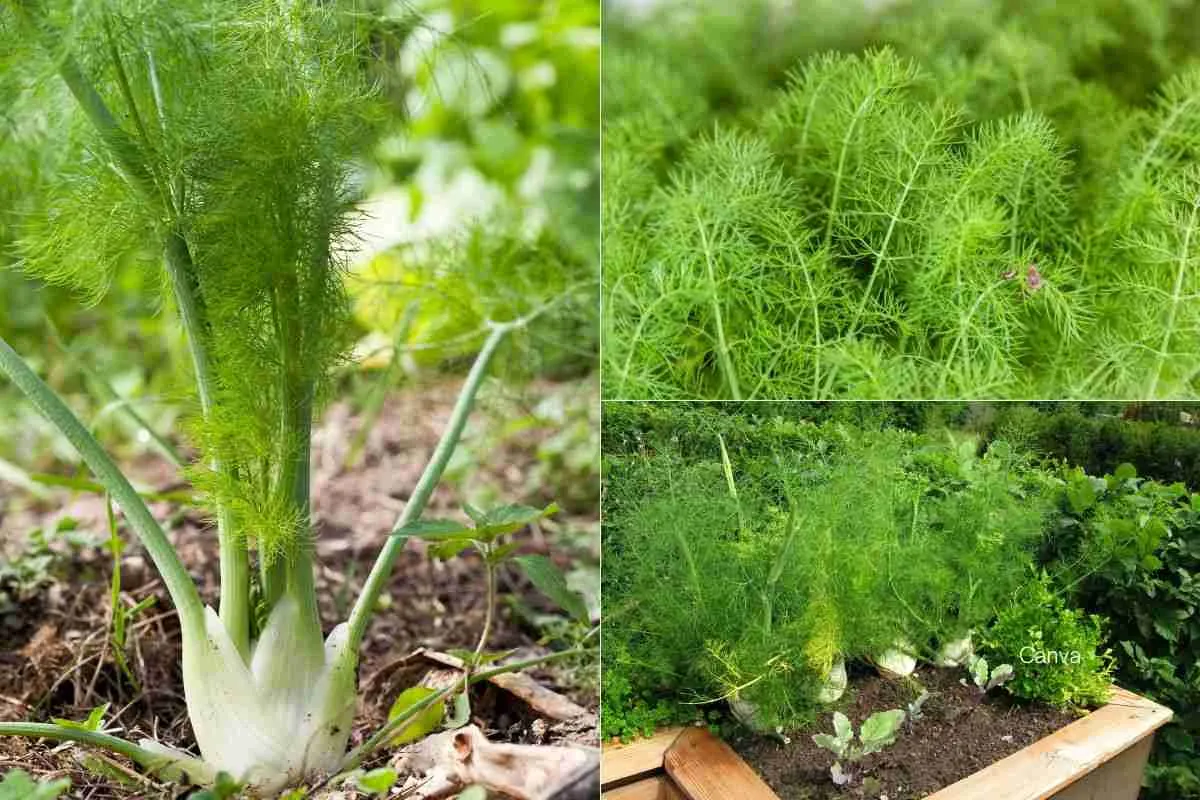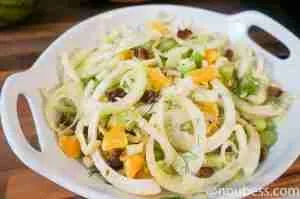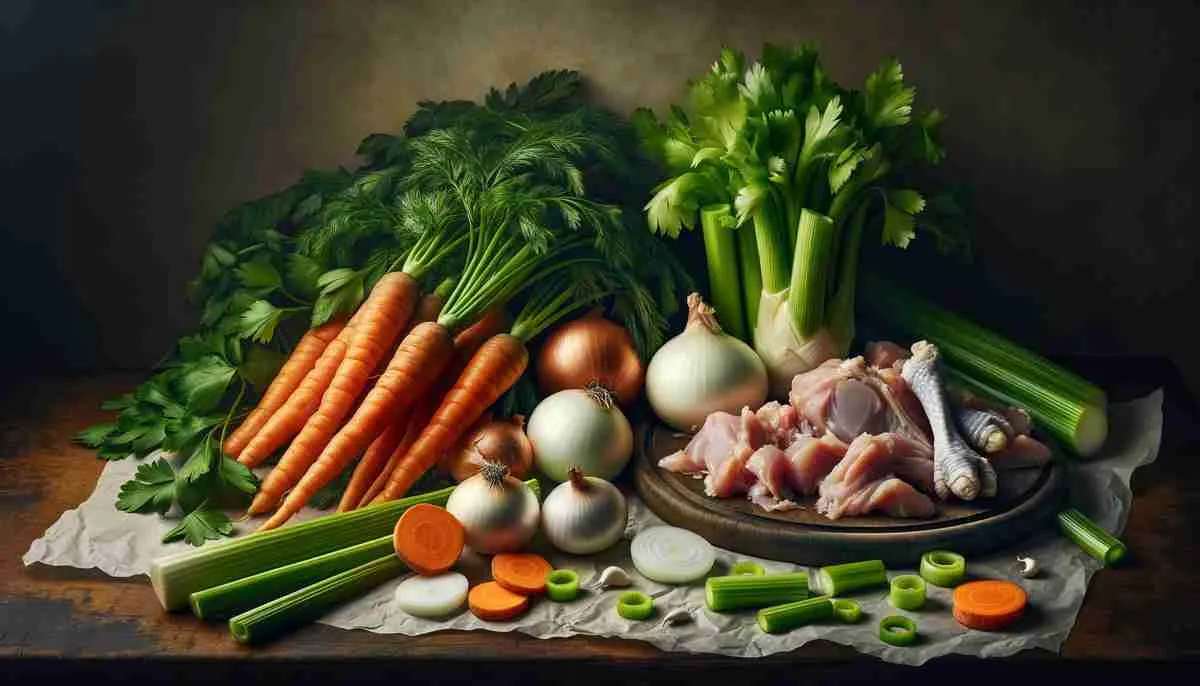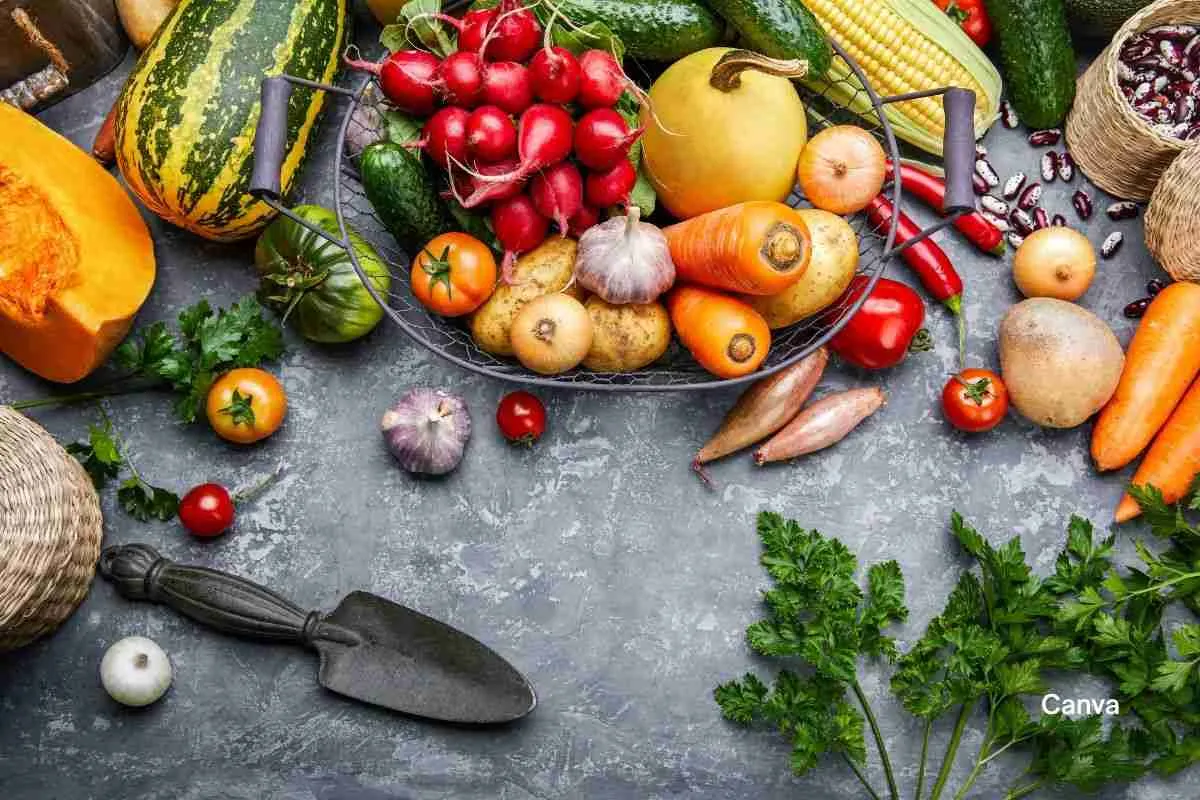Fennel: Health Benefits, Culinary Uses, and How to Cook It
Fennel, known for its aromatic flavor and unique licorice-like taste, is a versatile and often underappreciated ingredient in the culinary world. From its bulb to its stalks and fronds, this herbaceous perennial offers a myriad of uses and health benefits.
In this comprehensive guide, we will delve into everything you need to know about fennel. Discover how to select the freshest fennel bulbs and bring out their natural sweetness in your dishes. Explore the various cooking methods to make the most of its delicate texture and distinctive flavor. Uncover the nutritional benefits of fennel, including its potential for aiding digestion, reducing inflammation, and boosting immunity.
Whether you are a seasoned chef or a novice in the kitchen, this guide will provide you with the essential knowledge to incorporate fennel into your cooking repertoire. So, join us on this flavorful journey as we unlock the secrets of fennel and empower you to embrace its culinary potential.
History and origin of fennel
Fennel, with its distinctive licorice-like flavor, has a long and fascinating history. Here’s a look at its origins and historical significance:
Ancient Roots:
- Mediterranean Origin: Fennel (Foeniculum vulgare) is native to the Mediterranean region. Wild fennel still grows abundantly in this area, showcasing its ancient heritage.
- Early Cultivation: While the exact date of domestication is unknown, it’s believed that fennel was first cultivated in either Greece or Italy.
- Medicinal and Culinary Uses: From the very beginning, fennel was prized for both its medicinal properties and its culinary versatility. It was used to treat a variety of ailments and was a common ingredient in ancient recipes.
Historical Significance:
- Ancient Greece and Rome: The ancient Greeks and Romans extensively used fennel. They consumed the seeds, blossoms, and fronds, and they were even used in religious ceremonies.
- Mythological Connection: In Greek mythology, Prometheus is said to have used a fennel stalk to steal fire from the gods.
- Medieval Europe: Fennel continued to be popular throughout the Middle Ages. It was used in herbal remedies, as a flavoring agent, and even as a protective charm.
- Modern Times: Today, fennel is cultivated worldwide and is a beloved ingredient in cuisines worldwide. It is used in various dishes, from soups and stews to salads and desserts.
Key Points:
- Fennel originated in the Mediterranean region.
- It has a long history of medicinal and culinary use.
- It was valued by ancient civilizations like the Greeks and Romans.
- Fennel continues to be a popular herb today.
Varieties of fennel
There are primarily three main varieties of fennel:
1. Florence Fennel (Foeniculum vulgare var. azoricum):
- Bulbs: This is the most common type, known for its large, bulbous base.
- Flavor: Sweet and anise-like.
- Usage: Often used raw in salads, roasted, grilled, or braised.
2. Common Fennel (Foeniculum vulgare var. vulgare):
- Fronds: Primarily grown for its feathery fronds.
- Flavor: Strong, licorice-like flavor.
- Usage: Used as a herb to flavor dishes, teas, and liqueurs.
3. Bronze Fennel (Foeniculum vulgare var. purpureum):
- Appearance: Distinctive bronze-colored foliage.
- Flavor: Similar to common fennel, with a slightly milder flavor.
- Usage: Used both for its ornamental value and culinary purposes.
It’s important to note that these are the primary varieties, and there may be additional cultivars and hybrids with slightly different characteristics.

Nutritional profile of fennel
Fennel is a nutrient-dense vegetable that is low in calories but high in essential vitamins and minerals. Here’s a breakdown of its nutritional profile:
Essential Nutrients in Fennel:
- Vitamins:
- Vitamin C: A powerful antioxidant that supports immune function.
- Vitamin A: Essential for vision, skin health, and immune function.
- Vitamin K: Important for blood clotting and bone health.
- Minerals:
- Potassium: Helps regulate blood pressure and fluid balance.
- Calcium: Essential for strong bones and teeth.
- Magnesium: Supports muscle and nerve function.
- Iron: Necessary for oxygen transport in the blood.
- Fiber:
- Promotes digestive health and helps regulate blood sugar levels.
Additional Benefits:
- Antioxidants: Fennel contains antioxidants that protect cells from damage caused by free radicals.
- Anti-inflammatory properties: It may help reduce inflammation in the body.
- Digestive health: Fennel can aid in digestion and relieve symptoms like bloating and gas.
By incorporating fennel into your diet, you can enjoy its delicious flavor and numerous health benefits.
Health benefits of fennel
Here are some of the key advantages of incorporating fennel into your diet:
Digestive Health:
- Improved Digestion: Fennel is a natural digestive aid that helps relieve bloating, gas, and indigestion.
- Reduced Constipation: The fiber content in fennel promotes regular bowel movements.
- Colic Relief: Fennel tea is often used to soothe colicky babies.
Antioxidant and Anti-inflammatory Properties:
- Powerful Antioxidants: Fennel contains antioxidants that combat oxidative stress, protecting cells from damage.
- Reduced Inflammation: The anti-inflammatory properties of fennel may help reduce inflammation throughout the body.
Other Potential Benefits:
- Appetite Suppression: Fennel may help reduce appetite and aid in weight management.
- Menstrual Pain Relief: Some studies suggest that fennel can help alleviate menstrual cramps.
- Breast Milk Production: Fennel seeds may help increase breast milk production in nursing mothers.
- Heart Health: The potassium content in fennel can help regulate blood pressure, promoting heart health.
- Bone Health: Fennel’s calcium and magnesium content contributes to strong bones and teeth.
How to Incorporate Fennel into Your Diet:
- Culinary Uses:
- Sautéed fennel bulbs
- Roasted fennel
- Fennel salads
- Fennel tea
- Fennel-infused water
- Fennel seeds in curries and breads
Note: While fennel offers numerous potential health benefits, it’s essential to consult with a healthcare professional before making significant dietary changes, especially if you have any underlying health conditions or are taking medications.

Culinary uses of fennel
Here are some popular culinary uses of fennel:
Fennel Bulb:
- Raw:
- Sliced into salads for a refreshing crunch.
- Shaved into fennel slaw.
- Cooked:
- Roasted: A classic preparation that caramelizes the natural sweetness.
- Sautéed: A simple way to add flavor to dishes.
- Braised: A tender and flavorful side dish.
- Steamed: A delicate way to preserve its flavor.
Fennel Fronds:
- Fresh Herb:
- Used as a garnish for salads, soups, and stews.
- Added to sauces and marinades for a subtle anise flavor.
- Infused into oils and different types of vinegar.
- Dried Spice:
- Used in Italian sausages, breads, and pastries.
- Added to spice blends like za’atar.
Fennel Seeds:
- Whole:
- Used in pickling spices and Indian curries.
- Toasted and ground to add flavor to breads and pastries.
- Ground:
- Used in Italian sausage, fennel tea, and other dishes.
Some Popular Fennel Dishes:
- Fennel Salad: A refreshing salad with fennel, citrus, and herbs.
- Fennel Sausage: A flavorful sausage with fennel seeds.
- Fennel-Braised Vegetables: A hearty and comforting dish.
- Fennel-Infused Tea: A soothing and digestive tea.
- Fennel-Crusted Fish: A delicious and healthy dish.
By exploring these culinary uses, you can discover the many ways to enjoy fennel’s unique flavor and health benefits.
How to select and store fennel
Selecting Fennel
When choosing fennel, look for bulbs that are:
- Firm and heavy: A good indication of freshness.
- Pale green or white: Avoid yellowing or browning.
- Free from blemishes: Look for bulbs without cracks, bruises, or soft spots.
- Fresh fronds: The feathery fronds should be bright green and vibrant.
Storing Fennel
To keep fennel fresh for several days:
- Trim the Stalks: If the fronds are still attached, trim them to about 2 inches above the bulb.
- Wrap Loosely: Wrap the fennel bulb loosely in plastic wrap or a reusable produce bag.
- Refrigerate: Store the wrapped fennel in the crisper drawer of your refrigerator.
- Separate Fronds: If you want to store them separately, wrap them in a damp paper towel and place them in a plastic bag in the refrigerator.
By following these tips, you can ensure that your fennel stays fresh and flavorful.
Tips for cooking with fennel
Here are some tips for cooking with fennel:
Preparing Fennel:
- Trim the stalks and fronds: Remove the tough outer layer of the bulb.
- Cut out the tough core: This will make the bulb easier to slice and eat.
- Slice or chop: You can slice fennel thinly, dice it, or cut it into wedges.
Cooking Techniques:
- Roasting: Roasting brings out the natural sweetness of fennel. Toss the cut fennel with olive oil, salt, and pepper, then roast in a hot oven until tender and caramelized.
- Sautéing: Sautéing fennel with butter, olive oil, or other fats adds flavor and texture.
- Braising: Braising fennel in liquid, such as broth or wine, creates a tender and flavorful dish.
- Grilling: Grilling fennel adds a smoky flavor and char.
Flavor Pairings:
- Citrus: Lemon, orange, and grapefruit complement the anise flavor of fennel.
- Herbs: Fresh herbs like dill, parsley, and thyme enhance the flavor of fennel.
- Spices: Cumin, coriander, and red pepper flakes add warmth and spice.
- Cheese: Goat cheese, feta, and ricotta pair well with the sweetness of fennel.
Creative Uses:
- Salads: Add shaved fennel to salads for a refreshing crunch and licorice flavor.
- Soups and Stews: Use fennel as a base for soups or add it to stews for extra flavor.
- Pasta Dishes: Toss fennel with pasta, olive oil, garlic, and Parmesan cheese.
- Pizza: Top pizza with fennel, olives, and fresh mozzarella.
- Fish Dishes: Use fennel to flavor fish dishes, such as grilled salmon or baked cod.
By following these tips, you can unlock the full potential of fennel and create delicious and healthy meals.
Fennel recipes ideas




Conclusion
Fennel, with its distinctive anise flavor and numerous health benefits, is a versatile ingredient that deserves a place in your kitchen. From its ancient origins to its modern-day culinary uses, fennel has captivated taste buds and nourished bodies for centuries.
Whether you’re a seasoned cook or a novice in the kitchen, incorporating fennel into your dishes can elevate your culinary creations. So, the next time you’re at the market, pick up a fennel bulb and embark on a flavorful journey.
Source






